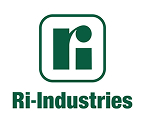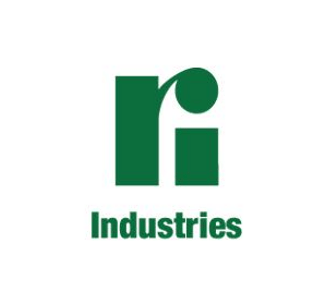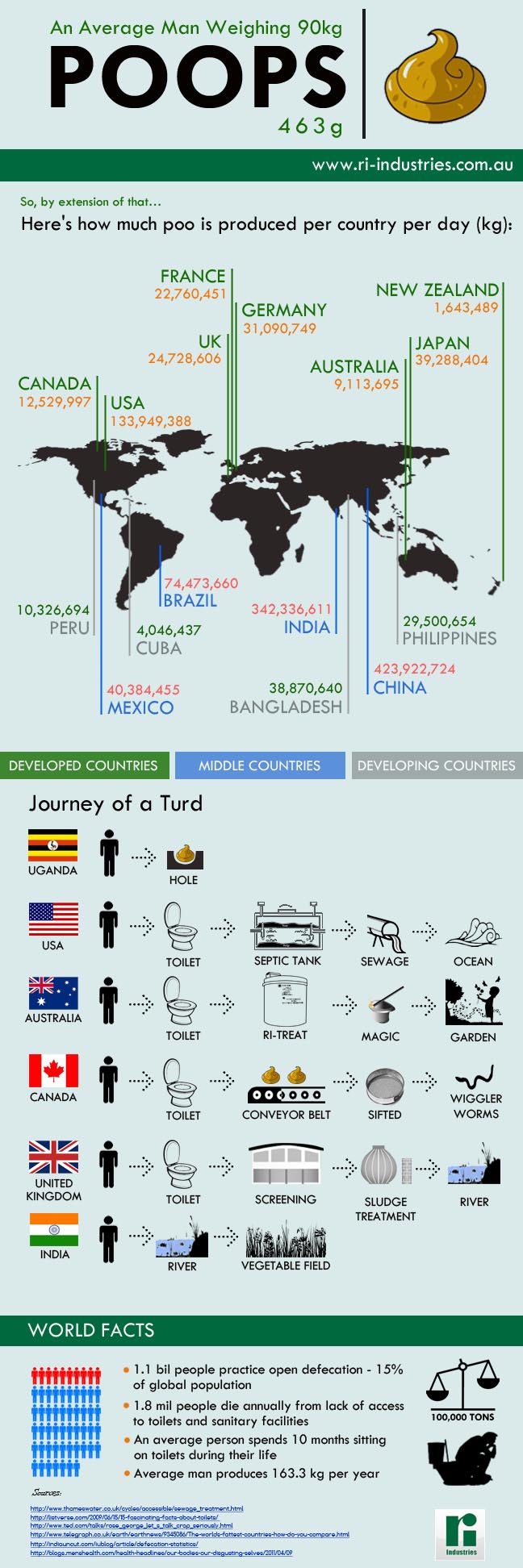You may have heard the saying, “The grass is always greener over the septic tank.” The moisture and nutrients in the drainage field of your septic tank help to fertilise your garden the natural way.
By taking interest in a Ri-Industries septic tank or aerobic waste water treatment system, you are already well on your way to conserving water and energy for your home. What you may not know is that the benefits of a septic tank or waste water treatment system do not stop with installation. Ri-Industries can help you water your garden the smart way, even after all of the wear and tear of daily use.
How to water your garden, the smart way:
#1: Use Ri-Treat to Irrigate Your Garden
The Ri-Treat Waste Water System works to clean and reuse your waste water from the toilet, kitchen, and laundry to irrigate your garden. Ri-Treat features a high quality irrigation kit for more effective irrigation. This system is certainly a cost-efficient and environmentally friendly way to keep your garden looking green and healthy.
#2: Water your garden only when it needs it
While the Ri-Treat system can efficiently recycle your waste water for your home, it’s up to you to decide when your garden needs watering. To find out if your lawn needs water, use this rule of thumb: stick your finger about 4 cm into the soil, and if the soil is not moist, it is time for a shower!
#3: Put your garden on a schedule
For those of us who do not have time to stick our fingers in the soil every day, it is recommended to water your garden deeply and infrequently (about 2.5 cm a week). But how do you measure how much water your lawn is soaking in? For this, you can use a rain gauge or a cup of water placed in your garden and a ruler. Run your irrigation system for about 15 minutes, check the amount of water left in the cup or rain gauge, and you can do some quick calculations to find out how much water per hour is coming from the sprinkler.
#4: Water early
When you use your irrigation system, some of the water will evaporate before it even hits your garden. To make sure that your garden drinks up the highest amount of water possible, try watering very early in the morning, sometime between 4 am and 9 am.
As always, the most important tip for using your irrigation system the smart way is: location, location, location! Make sure that you are watering your garden, and not the pavement or the letterbox. To discover more sustainable living options from Ri-Industries, don’t hesitate to contact us.






